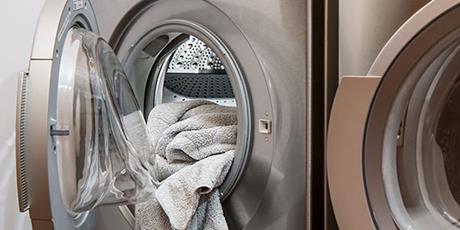“Weaknesses” in the UK’s overall product safety regulatory regime mean “it is not fit to address the challenges it faces” in protecting consumers from unsafe products, says the Public Accounts Committee in its report published today.
The consequences of unsafe products are serious and not to be under-estimated. The Grenfell Tower fire started from a faulty fridge freezer, and serious or even fatal injuries have been sustained by children playing with dangerous toys. The Committee says the nature of safety risks to consumers is “changing significantly and fast”, with one third of products now bought online, and 15% of products including smart technology that may be susceptible to hacking.
The Committee warns of “important gaps in the regulatory framework” including in regulators’ powers to effectively regulate goods sold online. There are serious challenges for regulators’ skills and capacity: a 39% real-terms funding reduction for local Trading Standards services in the past 10 years and new responsibilities for both national and local regulators following EU Exit, all set against the negotiation of a host of new international trading relationships. There are also additional, significant responsibilities for safety of building materials following the Grenfell fire tragedy.
Unsafe and dangerous products can cause harm in different ways. Harm can be visible, such as the estimated 3,000 house fires each year in the UK caused by appliance faults. It can also be less obvious, such as toxic or carcinogenic chemicals in products, or even disinfectant that is not as effective as it claims.
The Office for Product Safety and Standards (OPSS) was established in 2018 to try and tackle these challenges, but the Committee says the OPSS’s “data and intelligence are limited” – for example, its response to safety problems from small high-powered magnets, which caused 40 paediatric admissions in the UK in 2020 alone, was slowed by data limitations.
Dame Meg Hillier MP, Chair of the Public Accounts Committee, said:
“Weaknesses in the UK’s product safety regimes were horrifically, doubly exposed in the Grenfell tragedy, but there is also reason for serious concern about ‘everyday’ risks – in everything from toxic children’s toys to the 15% of all products that now contain some ‘smart’ technology that can open a door to hackers.
With massive new responsibilities following exit from the EU and now including building materials, we simply cannot be confident that the UK’s product safety regime will prevent the next tragedy or widespread harm or loss of life, or even know where it’s coming from. UK consumer protection must be properly funded to get up to a speed and strength fit for the task.”







